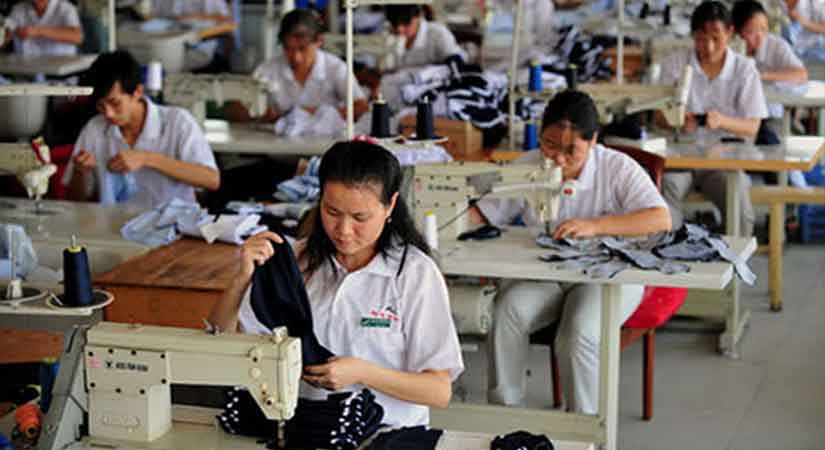
HUMAN CAPITAL development is a key factor for the Philippines to attract manufacturing firms that are planning to leave China, American trade and manufacturing experts said.
Computer-aided manufacturing requires engineers that are able to operate the machines, Dartmouth College Associate Professor of Business Administration Teresa Fort said in a Makati Business Club online event on Wednesday.
“Having that human capital is really important to be in the higher part of the value chain,” she said.
More manufacturing firms are looking to move their operations out of China in order to avoid US import tariffs on Chinese imports as a result of the trade war between China and the United States.
The Philippines has had trouble attracting these investments, with the local Japanese business chamber in April noting that the country is not a top destination for relocating Japanese firms due to problems in the supply chain and raw material production.
Ms. Fort noted human capital is important in technology-based industries, including semiconductor production.
“Are we going to move towards these workerless factories? I think you have to be more specific about what you mean by workers. If you mean the line guys who are assembling things that can be replaced by a machine, then yes, we’re moving towards that. But there’s still people who run the machines. You still need engineers who know how to do that,” she said.
US firms are also looking at a country’s infrastructure, rule of law, and contract enforcement before making an investment decision, Ms. Fort said.
“(These) make it predictable in terms of how to do business. I mean it’s easy to say what they’re looking for. I think it’s much harder to figure out how to create the right conditions for that,” she said.
Yale School of Management Professor Peter Schott in the same event also said human capital development is central among many factors that could attract investors, and referred to the English language ability of the Philippine population.
“I think there are certain sectors — call centers, etcetera — jobs that have sprouted out. That industry I think is relatively strong… An interesting question is how to leverage that, or the extent to which that is thought to be leverageable into other sectors,” Mr. Schott said.
Ms. Fort, as an example on human capital development, referred to partnerships between corporations and government.
In the US, a local government unit has worked with an aircraft manufacturing company to develop community college programs that train potential workers, she said.
The US Department of State recently said the investment climate in the Philippines has improved, noting progress in its credit rating and government efforts to address foreign ownership constraints. The report however notes that the Philippines still lags behind Southeast Asian peers, ranking fifth out of 10 Association of Southeast Asian Nations for total foreign direct investments in 2019.
“Poor infrastructure, high power costs, slow broadband connections, regulatory inconsistencies, and corruption are major disincentives to investment,” the report said.
The Board of Investments (BoI) had recently disclosed 14 leads on businesses that could possibly relocate to the Philippines.
BoI-approved pledges more than doubled to P645.3 billion in the first half of 2020, but foreign investment pledges plummeted by 73% to P18.6 billion. — J.P.Ibanez
